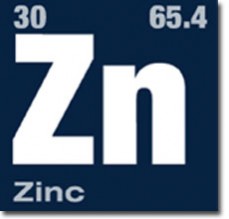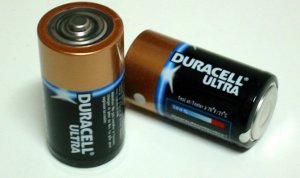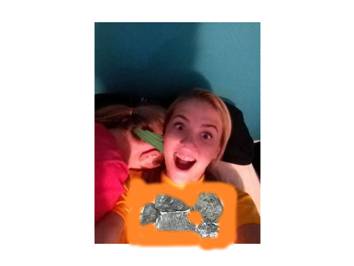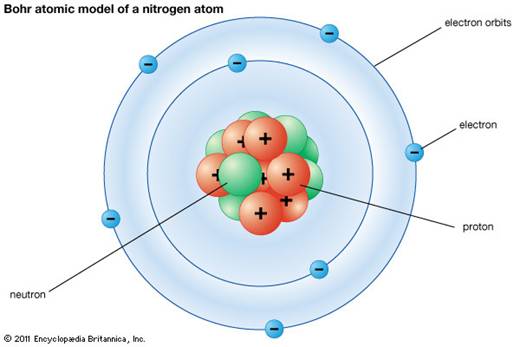
Home | About Us | JCPS Home | EHS Science Video
- Chemistry Topics: 1) Matter and Measurement, 2) Atoms, Molecules, and Ions, 3) Stoichiometry, 4) Aqueous Solutions, 5) Thermochemistry, 6) Periodic Properties, 7) Solids, Liquids, and Gases, 8) Chemical Bonding, 9) Molecular Geometry, 10) Properties of Solutions, 11) Chemical Kinetics, 12) Chemical Equilibrium, 13) Acid-Base Chemistry, 14) Thermodynamics, 15) Electrochemistry, 16) Nuclear Chemistry
What is zinc?
By: Corey Young

History
Various isolated examples of the use of impure zinc in ancient times have been discovered. A possibly prehistoric statuette containing 87.5% zinc was found in a Dacian archaeological site in Transylvania (modern Romania).[43] Ornaments made of alloys that contain 80–90% zinc with lead, iron, antimony, and other metals making up the remainder, have been found that are 2500 years old.[11] The Berne zinc tablet is a votive plaque dating to Roman Gaul made of an alloy that is mostly zinc.[44] Also, some ancient writings appear to mention zinc. The Greek historian Strabo, in a passage taken from an earlier writer of the 4th century BC, mentions "drops of false silver", which when mixed with copper make brass. This may refer to small quantities of zinc by-product of smelting sulfide ores.[45] The Charaka Samhita, thought to have been written in 500 BC or before, mentions a metal which, when oxidized, produces pushpanjan, thought to be zinc oxide.[46]
Zinc ores were used to make the zinc–copper alloy brass many centuries prior to the discovery of zinc as a separate element. Judean brass from the 14th to 10th centuries BC contains 23% zinc.[47] The Book of Genesis, written between the 10th and 5th centuries BC,[48] mentions (in the King James translation) Tubal-cain as an "instructor of every artificer in brass and iron" (Genesis 4:22), but since the word nechosheth, translated as "brass", also means "copper", the significance of this is not clear. Knowledge of how to produce brass spread to Ancient Greece by the 7th century BC but few varieties were made. Zinc was distinctly recognized as a metal under the designation of Yasada or Jasada in the medical Lexicon ascribed to the Hindu king Madanapala and written about the year 1374.[56] Smelting and extraction of impure zinc by reducing calamine with wool and other organic substances was accomplished in the 13th century in India.[4][57] The Chinese did not learn of the technique until the 17th century.
Physical properties
Zinc, in commerce also spelter, is a metallic chemical element; it has the symbol Zn and atomic number 30. It is the first element of group 12 of the periodic table. Zinc is, in some respects, chemically similar to magnesium, because its ion is of similar size and its only common oxidation state is +2. Zinc is the 24th most abundant element in the Earth's crust and has five stable isotopes. The most common zinc ore is sphalerite (zinc blende), a zinc sulfide mineral. The largest mineable amounts are found in Australia, Asia, and the United States. Zinc production includes froth flotation of the ore, roasting, and final extraction using electricity. The state is solid, density is 7.14 g·cm−3. Melting point is 787.15 °F, and the atomic radius is pm.
Chemical properties
The electronegativity is 1.65 (Pauling scale). The ionization energy is 906.4 kJ·mol−1.

The outside of the batteries are made of zinc

Zinc is highlighted in black
 me with zinc
me with zinc

http://en.wikipedia.org/wiki/Zinc#History